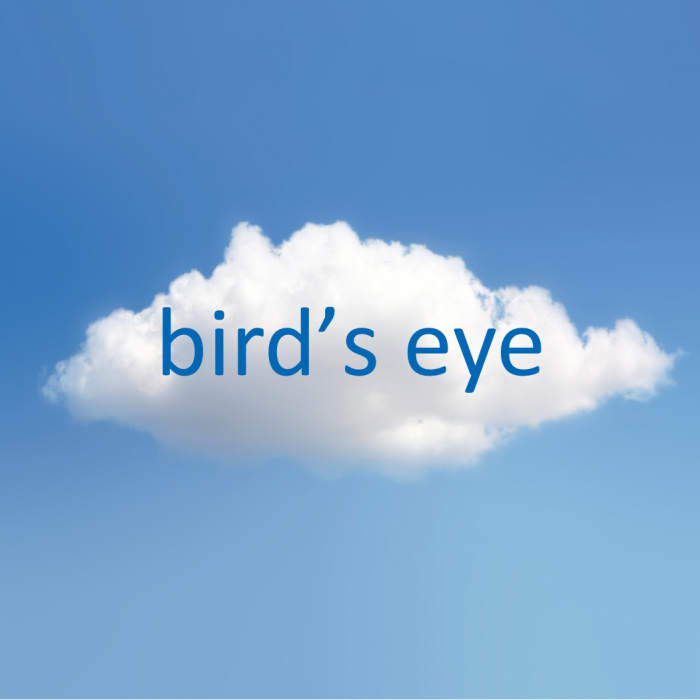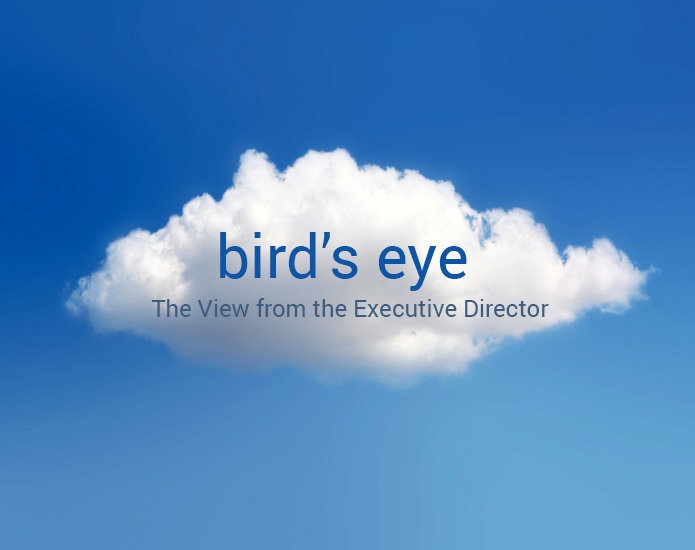
Common Purpose Collaboration
One of the fun and informative OLA staff activities we hold annually is showcasing one of our accomplishments to each other in response to the questions:
What OLA strategic priority did this align with?
What did you learn?
What impact do you think this had on our members?
I chose to showcase the work we do in collaborating with other organizations to support Ontario’s libraries.
While terrific for OLA staff and the Board to know about this work, it may not be so apparent to our own broad membership. This is because developing these relationships and partnerships take time, and the results are not always so immediately evident or noticed, and so I decided to devote this Bird’s Eye column to an update on our collaborative approach.
The Royal Society Expert Panel Report on libraries and archives notes that there are more than 115 library and archival associations/organization in Canada. When I am at a Canadian Society of Association Executives Conference (yes, there is an association of associations!) and mention this to people, they are astounded.
Do we have this many organizations in our sector because we can’t collaborate effectively?
So, what has worked for OLA and the organizations we were fortunate to collaborate with? We have had successful collaborations on four significant projects over the past 18 months:
- Government Consultations: all levels of government listen to a unified voice from a sector NOT slightly different, or worse, completely conflicting messages from multiple organizations in one sector. We have partnered with the Federation of Ontario Public Library Associations (FOPL), The Association of Library Consultants and Organizations (TALCO), and the Canadian Federation of Library Associations Fédération canadienne des associations de bibliothèques (CFLA-FCAB). This involves checking in with each other, creating a joint submission where applicable, determining what we can collectively support, and avoiding conflicting messages where we can’t co-author a submission.
- The development of the new CFLA-FCAB: A team representing library associations and organizations from across the country worked for close to two years, primarily on their own time and with minimal resources, to ensure libraries have a voice at the national level (and while respecting the 70 year commitment of the Canadian Library Association).
- 2nd annual Library Day at Queen’s Park: OLA and FOPL combined forces to develop ‘dream teams’ each from multiple library sectors to meet with 26 MPP’s. The strategy provided for a broad discussion of libraries and a deeper dive into a specific library sector if needed. Each delegate team was a mix of people from school libraries, public libraries (staff and trustees), and academic libraries.
- Libraries 2025: led and funded by Ontario Library Services-North (OLS-N) but with a program collaboratively developed by OLA, FOPL, Southern Ontario Library Services (SOLS) and the Canadian Urban Libraries Council (CULC). The outcome has provided each of our associations with specific projects to lead on to support public library relevancy well into the year 2025.
These are the principles of effective collaboration that worked for us:
Identify the desired outcome before figuring out what has to be done to achieve it, and never lose sight of it.
Identify a lead person/organization to facilitate the work-flow.
Develop priorities and accountabilities.
Cultivate and protect trust and collegiality and don’t sweat the smaller disagreements (agree to disagree).
What impact has this had on our members? Well, you tell us. We have a ways to go but we hope you have noticed stronger, more cohesive messages and approaches to making our collective voices heard, and a reduction in duplication of activities among library related organizations.
Shelagh Paterson is the Executive Director of the Ontario Library Association. She writes the Bird’s Eye column for Open Shelf offering her perspective on the issues and ideas affecting the OLA and its members.

